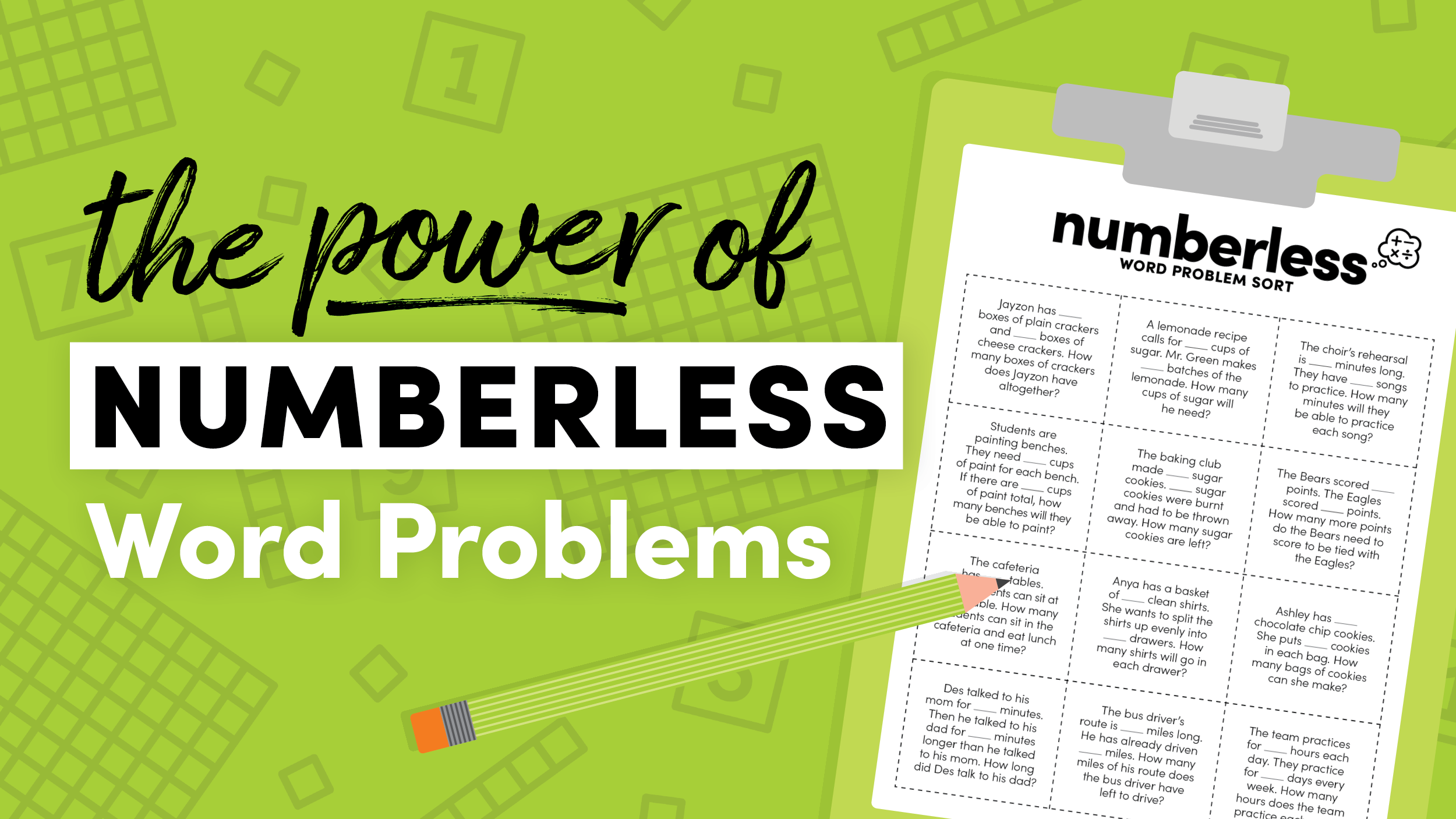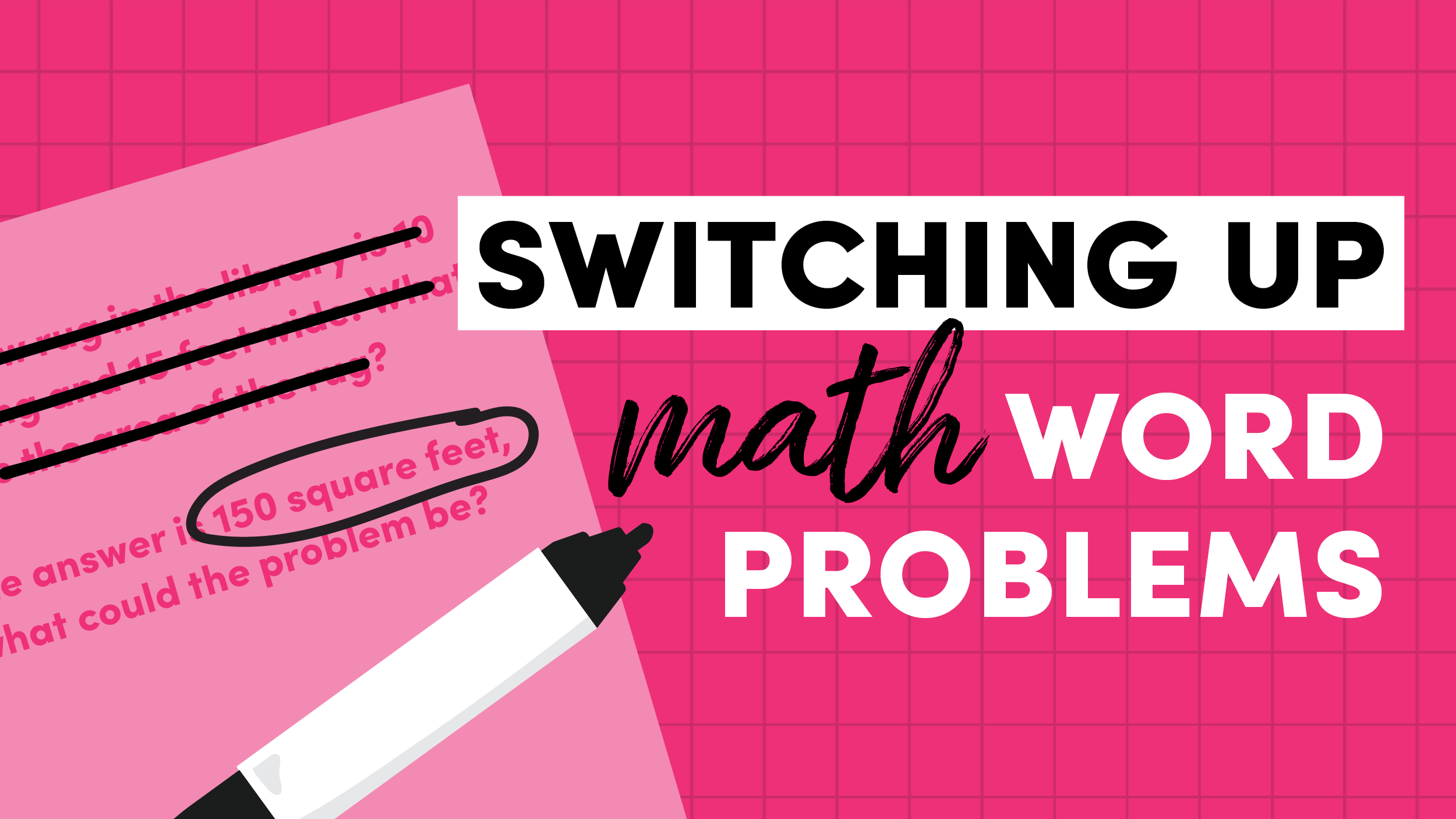4 Tips to Boost Student Engagement When Teaching Math
If you’re frustrated because your students just aren’t engaged in your math lessons, you’re not alone. I’ve been there too, and the good news is that it’s easy to fix! In this post, I share four free, easy-to-implement strategies that help you quickly boost engagement in your math classroom.
3 Tips to Increase Engagement and Deepen Thinking in Small Groups
Transform your small groups in 4th & 5th grade math with these 3 simple tips. Increase engagement, improve problem-solving, and deepen mathematical thinking in collaborative math small group work!
How to Create Math Toolkits for Your Students
If students end up not being able to share supplies, creating math toolkits for each student will be essential! Giving students access to both their own set of math manipulatives and math tools will be really helpful in keeping the learning hands-on for students.
Using Number Choice to Differentiate Whole Group Math Instruction
The beauty in this strategy is that it offers students a problem that is appropriate for where they are currently at in their learning. It also gives them choice, which immediately increases engagement and gives them ownership in their learning.
3 Tips for Using Review Games in Math Classrooms
I think there are definite benefits to these games—such as learning to work together as a team, high engagement, etc.—but I also think some games can be destructive to students’ confidence and self-esteem in math and aren’t as effective from a management perspective. This set me on a mission to create new review games that have all the benefits of competition but keep a positive and hard-working culture in my math classroom.
3 Ways to Inspire a Love of Fractions
I know several teachers that dread any unit having to do with fractions too. I think a lot of the negative feelings about fractions comes from a lack of learning fractions the way we should have learned fractions. Most of us weren’t taught fractions in a way that made sense or had any type of meaning. Some of our students were introduced to fractions in this same type of way as well.
Why “I Do, We Do, You Do” Is NOT Always Best Practice for Teaching Math
If you’re like me, you likely were exposed to the gradual release model early on in your teaching career. You know… the “I do, we do, you do” lesson plan template most of us were given at some point by professors in college or administrators during our first few years teaching. The longer I taught and the more students I worked with, I eventually learned that “I do, we do, you do” is NOT always best practice for teaching students math.
The Power of Numberless Word Problems
No matter how much we talked about the importance of slowing down, actually THINKING about what the problem was saying and taking time to understand, I always have those students who just pull out the numbers, choose a random operation, and solve.
Modifying Math Word Problems to Encourage Curiosity
Curiosity is a powerful thing. We want to see that desire in our students! We want our kids so invested in the math that they are doing that they can’t stop until they figure it out. Kids are naturally curious, even if it isn’t always what we would like them to be curious about.
Transform Your Math Block with Math Talk
Kids love to talk, did you know that? I love to just listen to them talk. The things that come out of their little mouths can be downright hilarious. If you listen close enough, you’ll also notice kids have such a unique (and sometimes surprising) perspective on everything.










